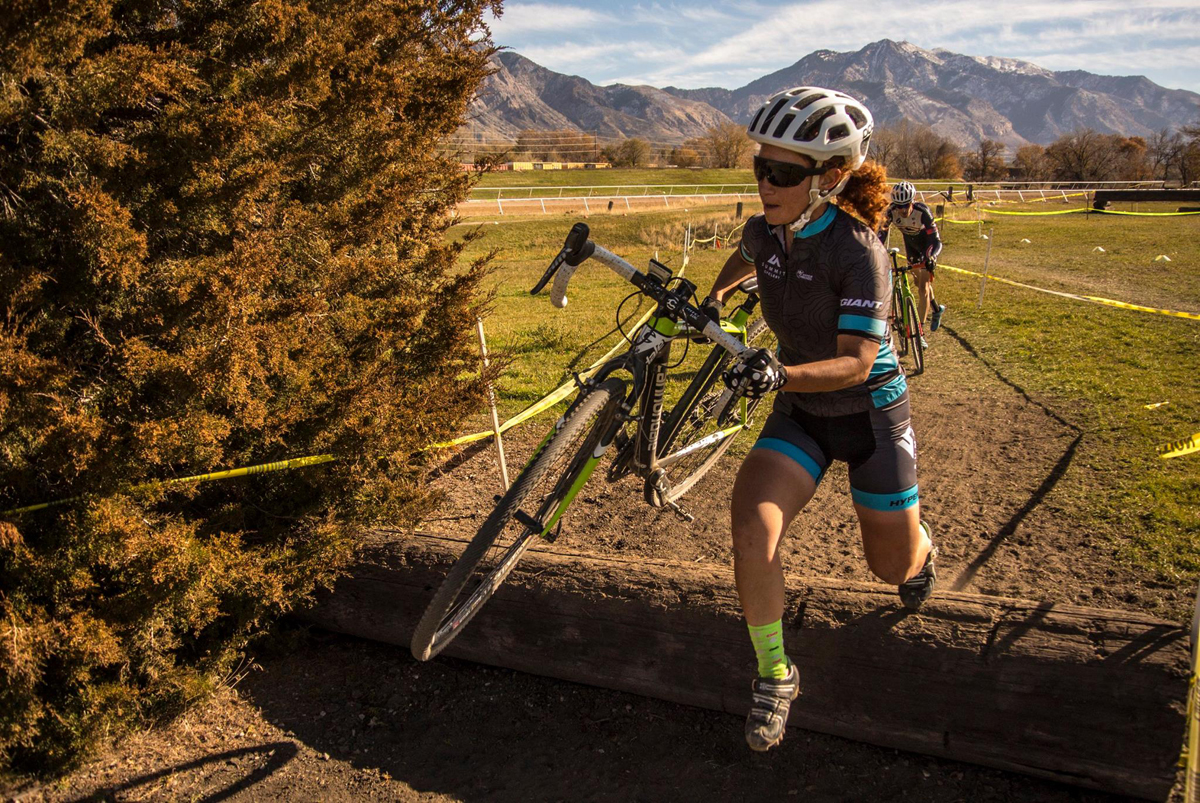Every fall the cycling world turns its attention to a previously niche aspect of the sport. A niche where riders compete in all kinds of weather, from late summer heat to wintry freezing rain, mud and snow. Where the races include a mix of pavement and dirt and riders hop off and back on their bikes to run over obstacles or up steep embankments: Cyclocross.

As silly as it may sound or look, cyclocross is one of the fastest growing segments of the sport thanks to its welcoming atmosphere and minimal requirements to compete. The races are short (often 30 minutes for beginners, 45 to 60 minutes for pros), the laps are short (less than a mile usually), most beginner categories do not require dedicated CX bikes (though different sanctioning bodies have different rules so check the rule book) and technical elements are usually low consequence.
Originally developed organically as way for road racers to stay in shape in the off-season, cyclocross was first called ‘steeple-chasing’ as riders simply agreed on a landmark and raced toward it, taking whatever route options they liked, including getting off their bikes to climb over fences or wade through rivers. As it developed into an organized sport, it attracted more participation and CX became a dedicated discipline, no longer an also-ran to road and MTB racing, but it’s own unique brand with dedicated participants and fans.
Road cyclists can benefit from the short, high intensity nature of CX. And the opportunity to fine-tune technical skills that, while often different from those required on the road, are useful for overall bike handling prowess. When riders get used to handling the knobby tires of a CX bike over rocks, roots and other technical terrain, gravel edges or deep potholes on the road are not as intimidating.
Preston Yardley of Sommet Apparel is a SLC based cyclist who found CX as a welcome alternative to road racing. “The first year was a real learning curve… I learned a lot of skills, techniques and how to train for hard, fast efforts.” He preferred racing in the mud and snow to riding his trainer through the winter, “Don’t worry about cancelling for weather, that’s the best part!”
Mountain bike riders will also benefit from the short, high end power requirements of CX. Riding a CX bike on technical terrain will fine-tune MTB handling as more finesse is required to ride off-road without relying on suspension or wider MTB tires. Additionally, the CX style dismounts and remounts are helpful for mountain bikers when faced with hike-a-bike sections or other times a rider must come off their bike quickly and smoothly.
The short laps and short races make for a great spectating and fun for the whole family. Compared with a road or XC race, where spectators may wait for two to four hours and only see their favorite riders a couple of times, a CX race will be over in an hour or less and the riders will pass maybe four to ten times. Additionally, with winding courses that often double back on themselves, spectators can run between viewing spots, see their rider multiple times and get their own workout!
As summer wanes, and fall leaf rides turn to bitter cold, CX is such a welcome way to stay on the bike through the winter weather. When it’s freezing cold or the torture of a trainer ride is too much to bear, somehow a CX race always sounds fun. Laughing around an icy, muddy course with a bunch of other folks is actually a lot of fun. Get in a solid workout when it would have been tough to get on the bike at all.
Sarah Kaufmann is the owner of K Cycling Coaching based in Salt Lake City, UT. She is a professional XC and CX racer and can be reached at [email protected] or 413.522.3180.








